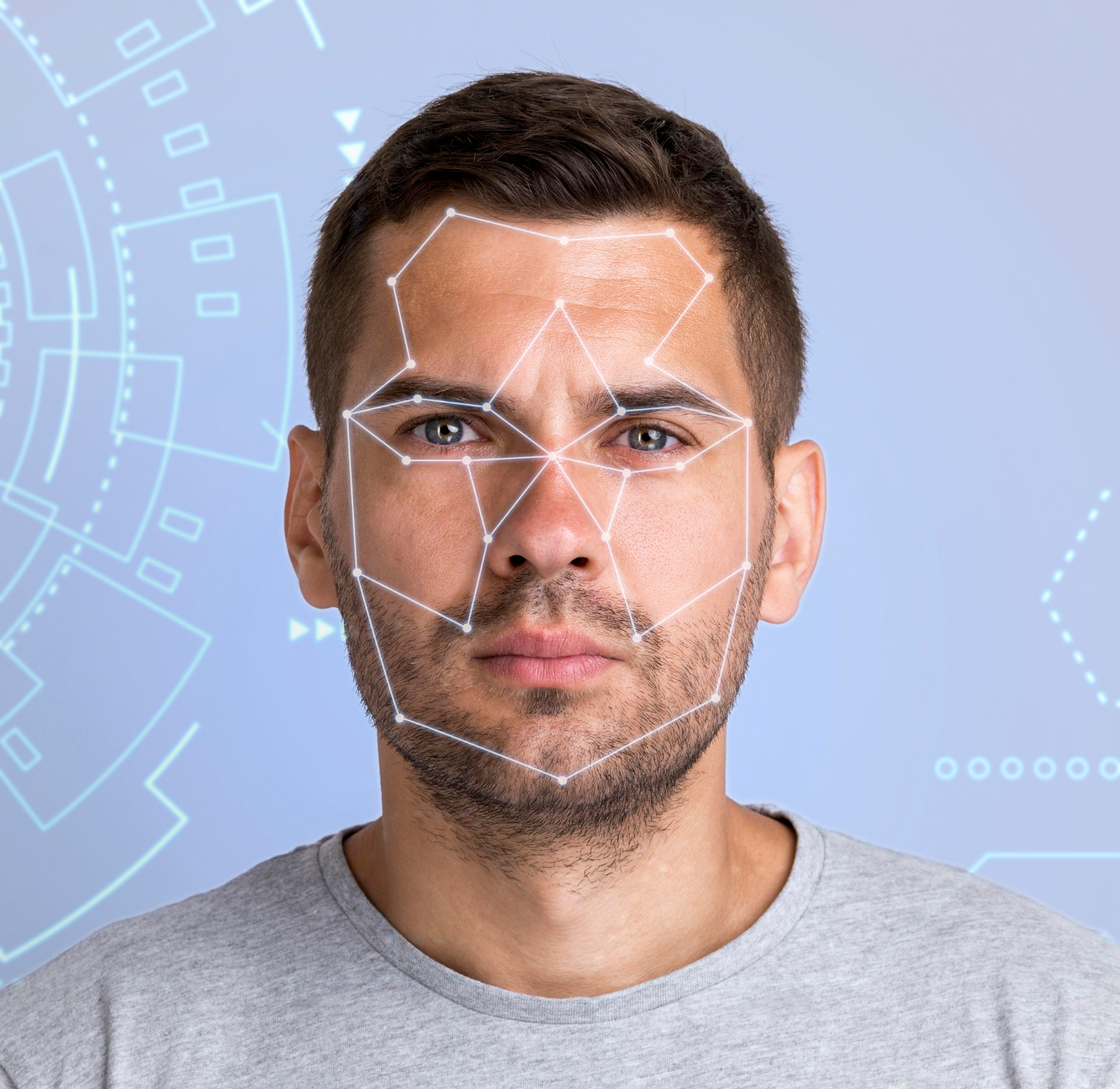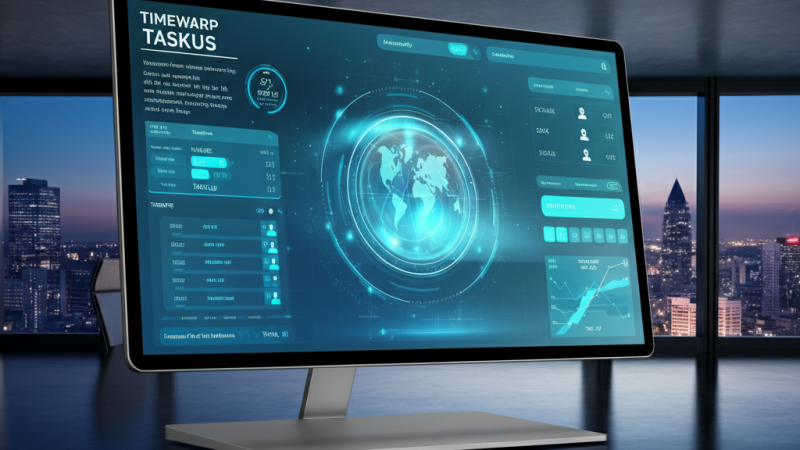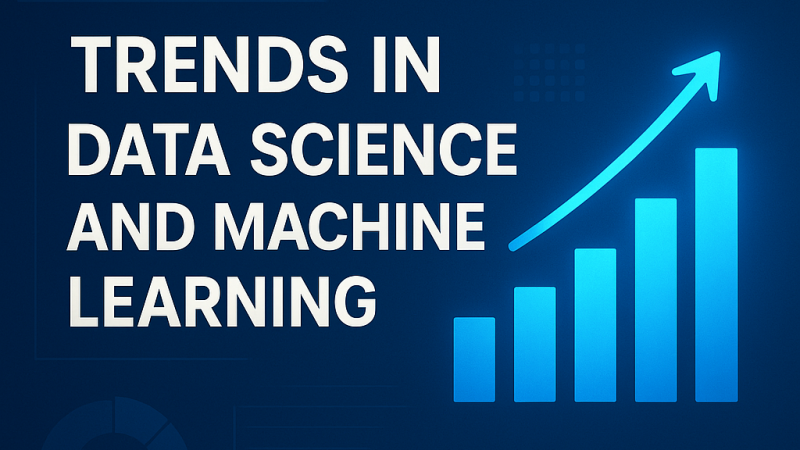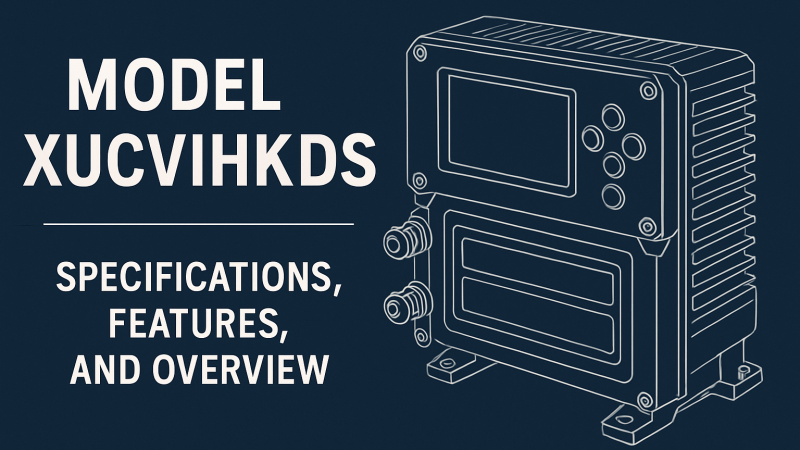AI Avatars: How They Are Created & What They Are Used For

In the age of artificial intelligence (AI), technology is constantly pushing the boundaries of what’s possible. One of the most fascinating advancements is the creation of AI avatars, virtual entities brought to life through AI video technology. These AI avatars are no longer relegated to the realms of science fiction; they are real, dynamic, and versatile tools with a wide range of applications. In this article, we’ll explore how AI avatars are created using AI video technology and delve into their diverse and impactful applications.
Creating AI Avatars with AI Video Technology
The creation of AI avatars is a multi-step process that involves cutting-edge AI video technology, such as the technology offered by the innovative AI Video Generator and creator- D-ID. Here’s how it works:
1. Data Collection and Training:
The first step in creating an AI avatar is gathering a substantial amount of data. This data typically includes audio and video recordings of a human subject. The more diverse and extensive the dataset, the more versatile and lifelike the AI avatar can become.
AI algorithms are then employed to analyze this data and learn from it. These algorithms are often based on deep learning and neural networks. They identify patterns in the way the subject speaks, emotes, and moves, capturing nuances of their facial expressions, gestures, and voice.
2. Rendering and Animation:
Once the AI model has been trained on the dataset, it can generate realistic animations and renderings. This includes the avatar’s appearance, voice, and how it moves. The AI can create a 3D model of the avatar and imbue it with the characteristics and expressions learned from the data.
3. Interaction and Realism:
Advanced AI avatars are designed to interact with users in real-time. They can respond to voice commands, engage in conversations, and display emotions through facial expressions and body language. The level of realism in these avatars is continually improving, making interactions with them increasingly natural and immersive.
Applications of AI Avatars
AI avatars have transcended novelty and are now finding practical applications across various industries. Here are some of the most notable ones:
1. Education:
In the realm of education, AI avatars are changing the way students learn. They can serve as virtual tutors, providing personalized instruction and assistance. These avatars can adapt to each student’s learning style and pace, making education more accessible and effective.
AI avatars are also being used to create immersive educational content. They can be historical figures or characters from literature, bringing history and literature to life in a way that traditional textbooks cannot. This dynamic approach to learning can captivate students and enhance their understanding of complex subjects.
2. Healthcare:
In healthcare, AI avatars are being deployed for patient interaction and support. These avatars can act as virtual healthcare assistants, answering questions, providing medical information, and even offering emotional support to patients. They are available 24/7, reducing the workload on healthcare professionals and improving the overall patient experience.
Moreover, AI avatars are being used to train medical students and healthcare workers. They can simulate patient interactions, allowing trainees to practice their communication and diagnostic skills in a safe and controlled environment.
3. Customer Service:
The world of customer service has been transformed by AI avatars. These avatars can provide instant assistance to customers on websites and mobile apps. They can guide users through troubleshooting processes, answer frequently asked questions, and even complete transactions.
This technology streamlines customer support operations, reduces wait times, and ensures consistent service quality. AI avatars can also handle routine inquiries, freeing up human agents to focus on more complex and sensitive customer issues.
4. Entertainment and Media:
AI avatars are making their mark in the entertainment industry. They can be used to create lifelike characters in video games and animated films. These characters can interact with players or viewers in real-time, offering a level of immersion and engagement that was previously unimaginable.
Additionally, AI avatars are becoming virtual influencers and content creators on social media platforms. They can generate content, engage with followers, and even monetize their presence, blurring the lines between reality and virtual personas.
5. Business and Communication:
In the business world, AI avatars are transforming how companies communicate both internally and externally. They can act as virtual representatives in meetings, presentations, and conferences. This is particularly valuable for global businesses, as AI avatars can seamlessly translate and adapt to different languages and cultures.
In addition, AI avatars are enhancing the accessibility of information within organizations. They can serve as virtual librarians, quickly retrieving and summarizing vast amounts of data, making it easier for employees to access the information they need.
The Future of AI Avatars
As AI technology continues to advance, the capabilities of AI avatars are expected to grow even further. We can anticipate more realistic appearances, enhanced interactivity, and greater adaptability to specific tasks and industries. With ongoing research and development, AI avatars have the potential to revolutionize how we learn, work, and interact in the digital age.
AI avatars have evolved from science fiction concepts into practical, versatile tools with a wide range of applications. Their ability to learn, interact, and adapt makes them valuable assets in education, healthcare, customer service, entertainment, and business. As AI technology continues to progress, we can expect AI avatars to play an increasingly significant role in shaping the future of human-computer interaction.






